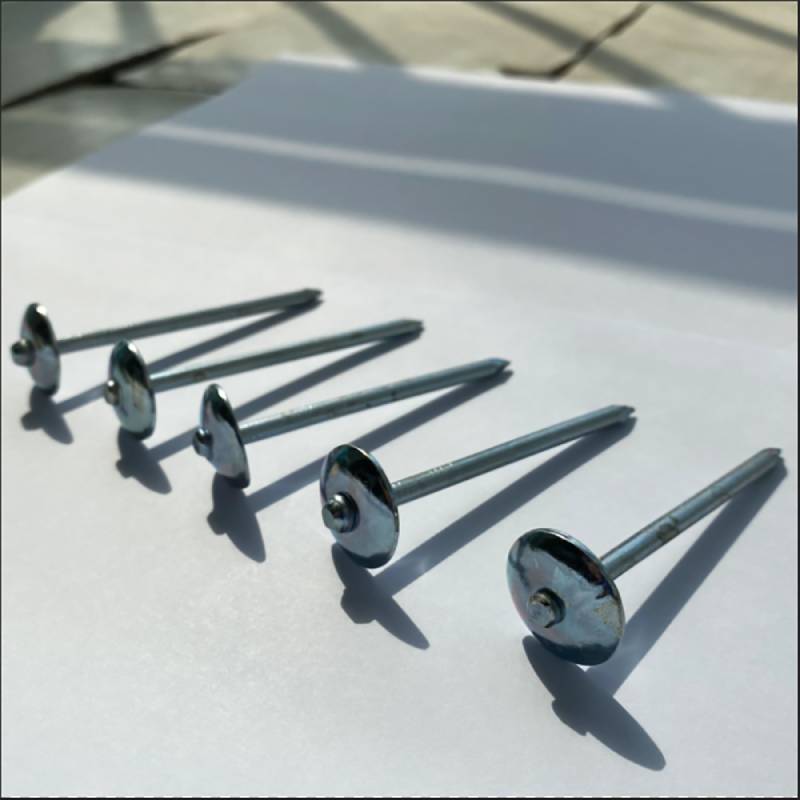Using Non-Galvanized Nails for Secure Attachment in Treated Lumber Construction Projects
Non-Galvanized Nails in Treated Lumber Understanding the Implications
When constructing with treated lumber, the importance of selecting the right fasteners cannot be overstated. Treated lumber, typically soaked in preservatives to enhance its durability against moisture and pests, poses unique challenges when it comes to choosing the appropriate nails. Among the choices available, non-galvanized nails are a common consideration. However, the use of these nails in treated lumber is not without its controversies and potential pitfalls.
The Nature of Treated Lumber
Treated lumber is manufactured through a pressure treatment process that infuses wood with chemical preservatives like copper, arsenic, or micronized copper. These chemicals help prevent decay and protect against insects, making treated lumber an ideal choice for outdoor projects such as decks, fences, and garden structures. However, the very nature of these preservatives can have adverse effects on certain types of fasteners, particularly when it comes to corrosion resistance.
Why Consider Non-Galvanized Nails?
Non-galvanized nails are standard steel fasteners that lack the protective zinc coating found in galvanized nails. These nails can be a more cost-effective solution for certain applications where corrosion is not a concern. Additionally, in less demanding environments or indoor projects where treated lumber is not exposed to the elements, non-galvanized nails may perform adequately.
However, the use of non-galvanized nails in treated lumber has its drawbacks. The chemicals used in treatment can lead to rapid corrosion of steel, particularly in outdoor conditions. This can result in significant structural integrity issues over time, as corroded nails can weaken connections and lead to failure.
The Risks of Using Non-Galvanized Nails
1. Corrosion The primary risk associated with using non-galvanized nails in treated lumber is corrosion. The interaction between the moisture in the lumber and the chemical preservatives can promote rust formation on the nails, leading to premature failure. This risk is amplified in climates with high humidity or frequent rainfall.
non galvanized nails in treated lumber

2. Structural Stability The integrity of any construction project relies heavily on the strength of its fasteners. As non-galvanized nails corrode, they lose their ability to hold structures together securely. Over time, this may result in warping, loosening, or complete separation of structural elements, posing safety hazards.
3. Aesthetics In certain applications, the visual aspect of corrosion can also be a concern. Unsightly rust stains can appear on the surface of treated lumber, detracting from the overall look of a project, especially in visible outdoor settings.
Alternatives and Best Practices
Given the potential risks associated with using non-galvanized nails in treated lumber, it is generally advisable to opt for corrosion-resistant fasteners. Galvanized nails, stainless steel nails, or specially coated nails designed for treated lumber can provide a much better long-term solution.
When using treated lumber
- Choose the Right Fastener Always ensure that the fasteners used are compatible with the type of treatment in the lumber. Look for those specifically labeled for use with treated wood.
- Follow Manufacturer Guidelines Consult the manufacturer's recommendations for both the treated lumber and the fasteners to ensure optimal performance and durability.
- Regular Maintenance Checks Regularly inspect any structures made with treated lumber to identify potential issues early before they evolve into safety hazards.
In conclusion, while it may be tempting to use non-galvanized nails for their cost-effectiveness, the risks associated with corrosion and structural stability often outweigh the initial savings. Understanding the implications of using non-galvanized nails in treated lumber is crucial for any construction project, ensuring safety, integrity, and longevity of the built structures.
-
Space-Saving Chain Fence Hacks Vertical Gardening with Cyclone MeshNewsJul.16,2025
-
Innovations in Iron Nail Wire Production for Modern ConstructionNewsJul.16,2025
-
Creative Uses of Wire Netting Fence in Modern Landscape DesignNewsJul.16,2025
-
Barbed Wire Fence Innovations in Anti-Climb TechnologyNewsJul.16,2025
-
Architectural Uses of Umbrella Nails for Aesthetic Roof DesignsNewsJul.16,2025
-
Architectural Uses of Razor Barbed Wire in Secure Urban DesignNewsJul.16,2025




